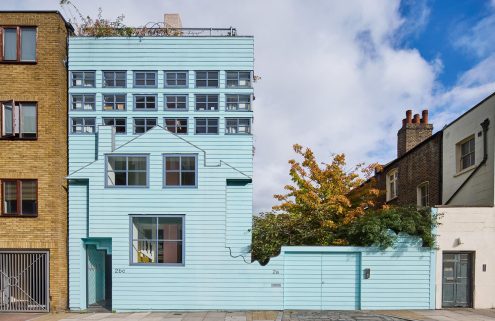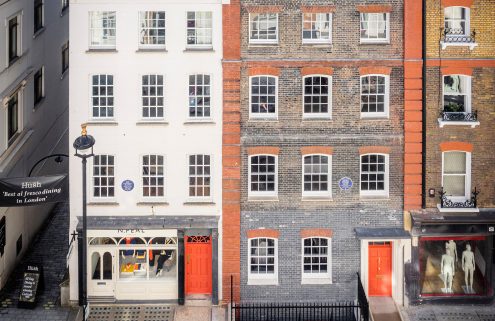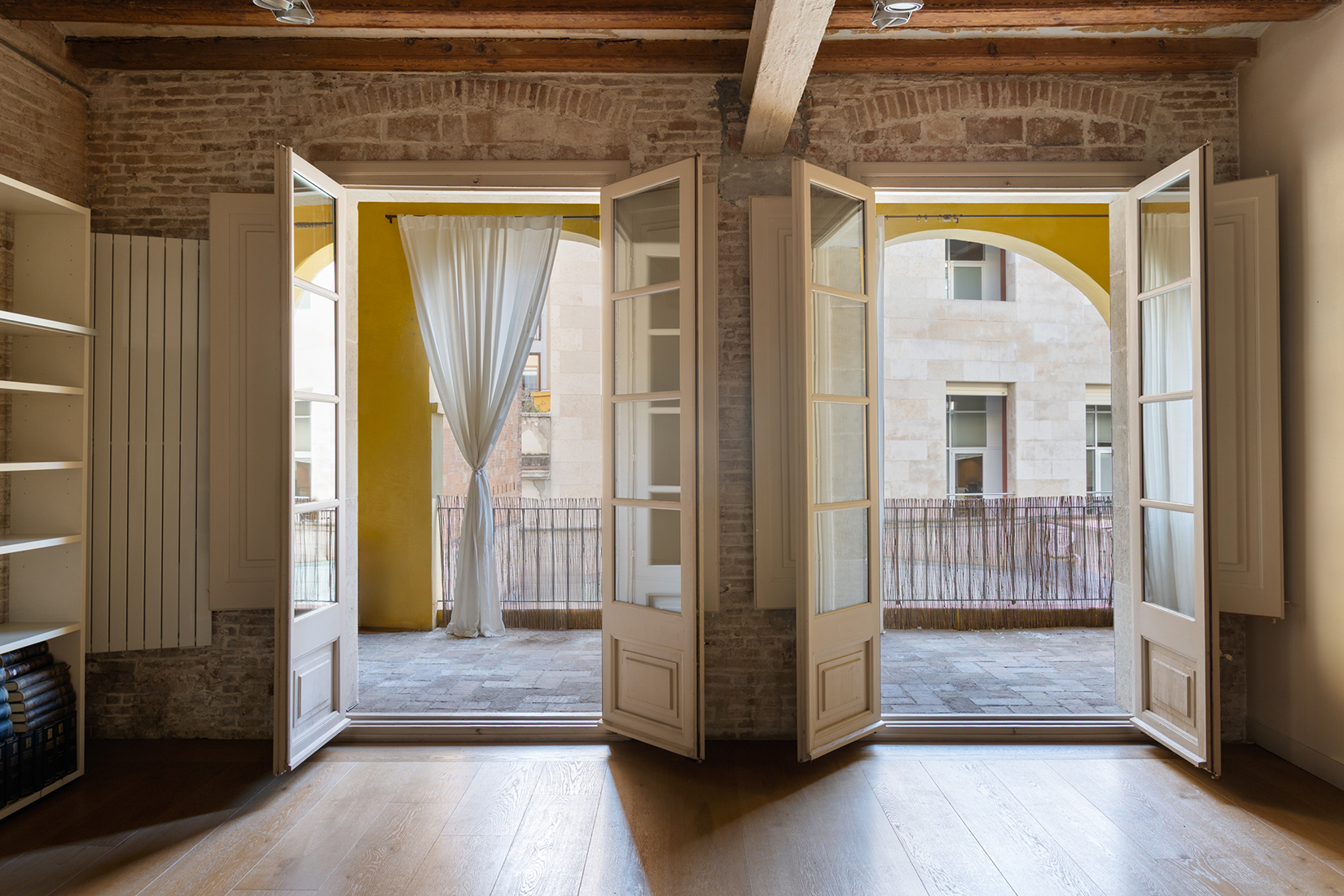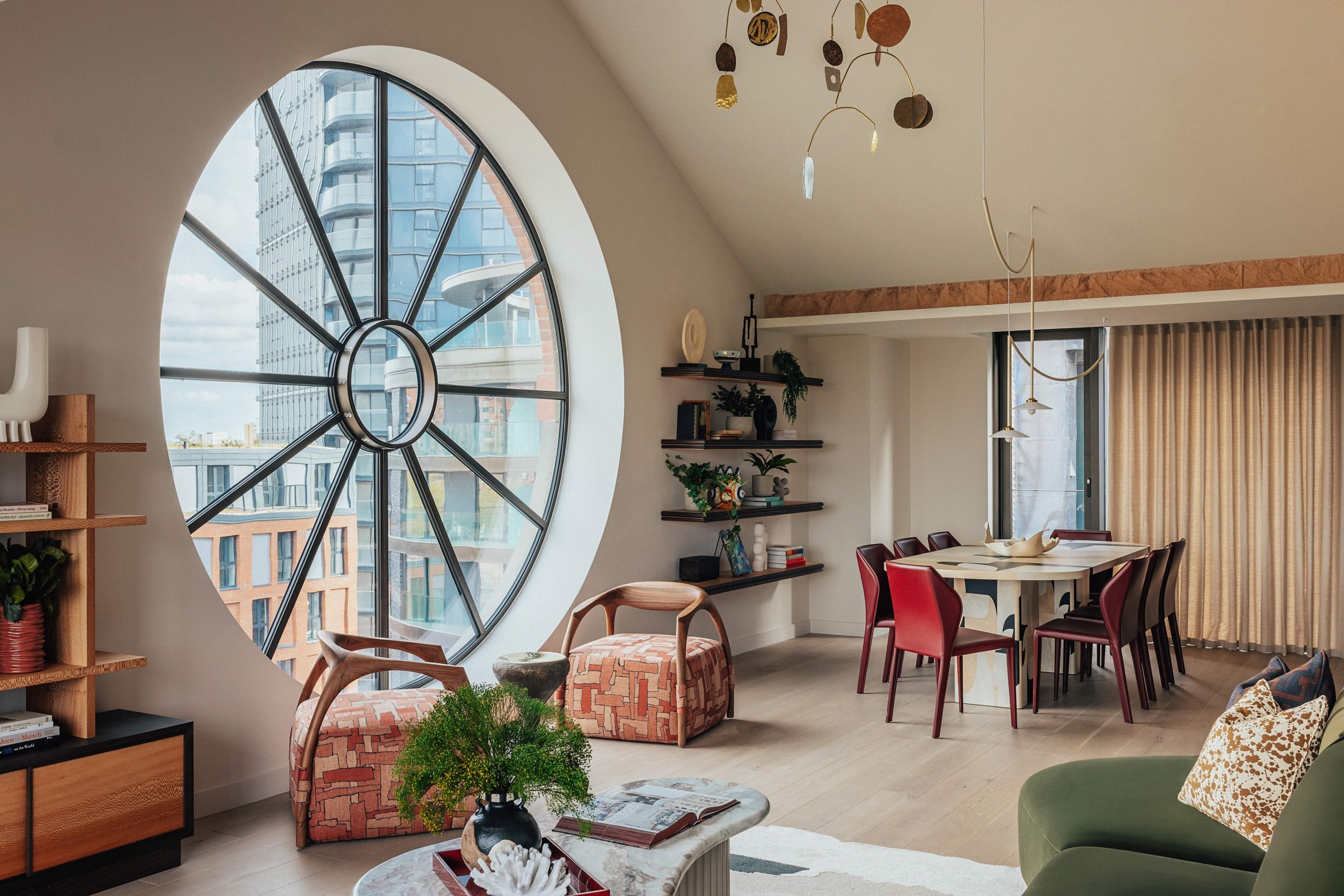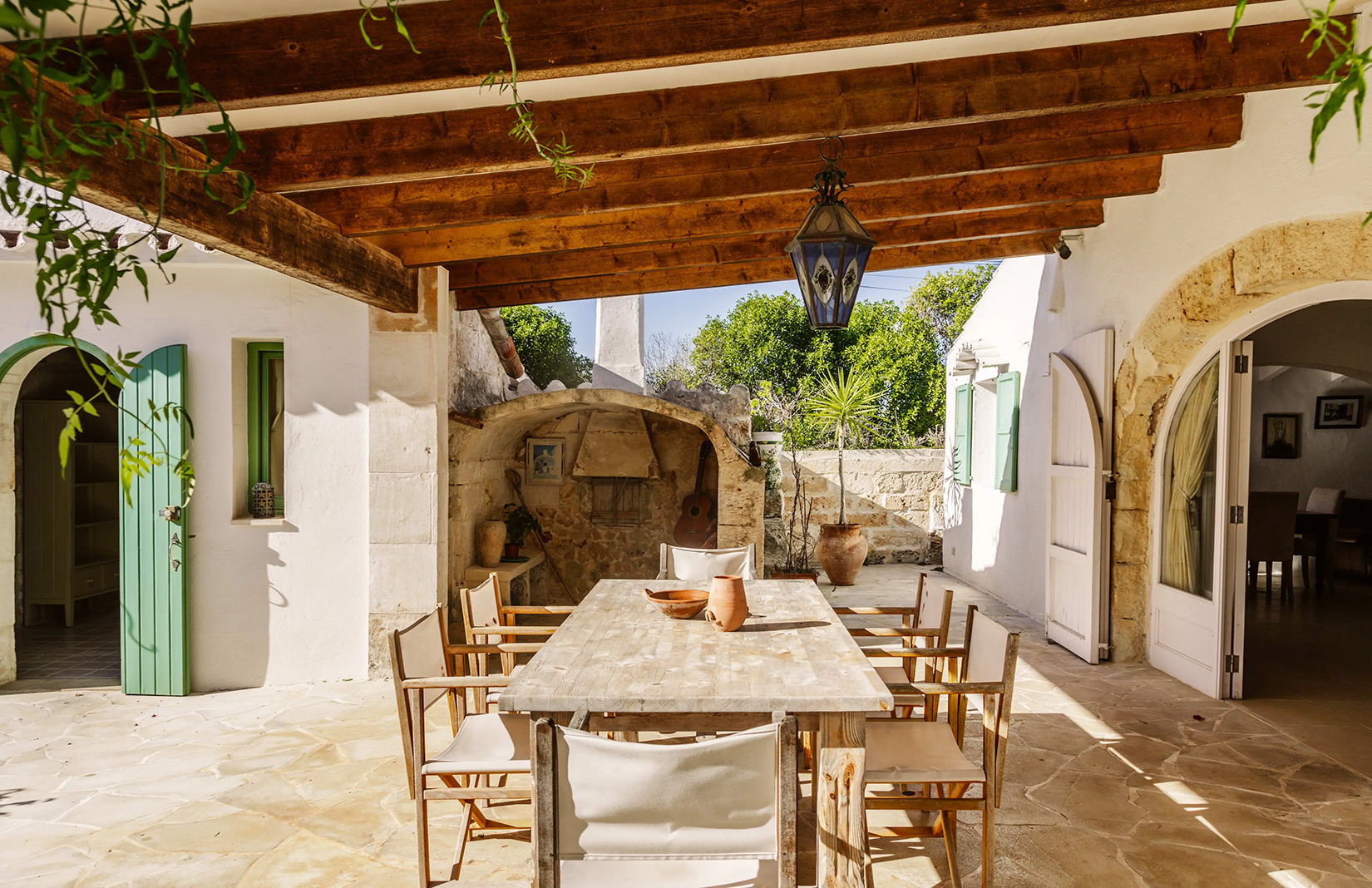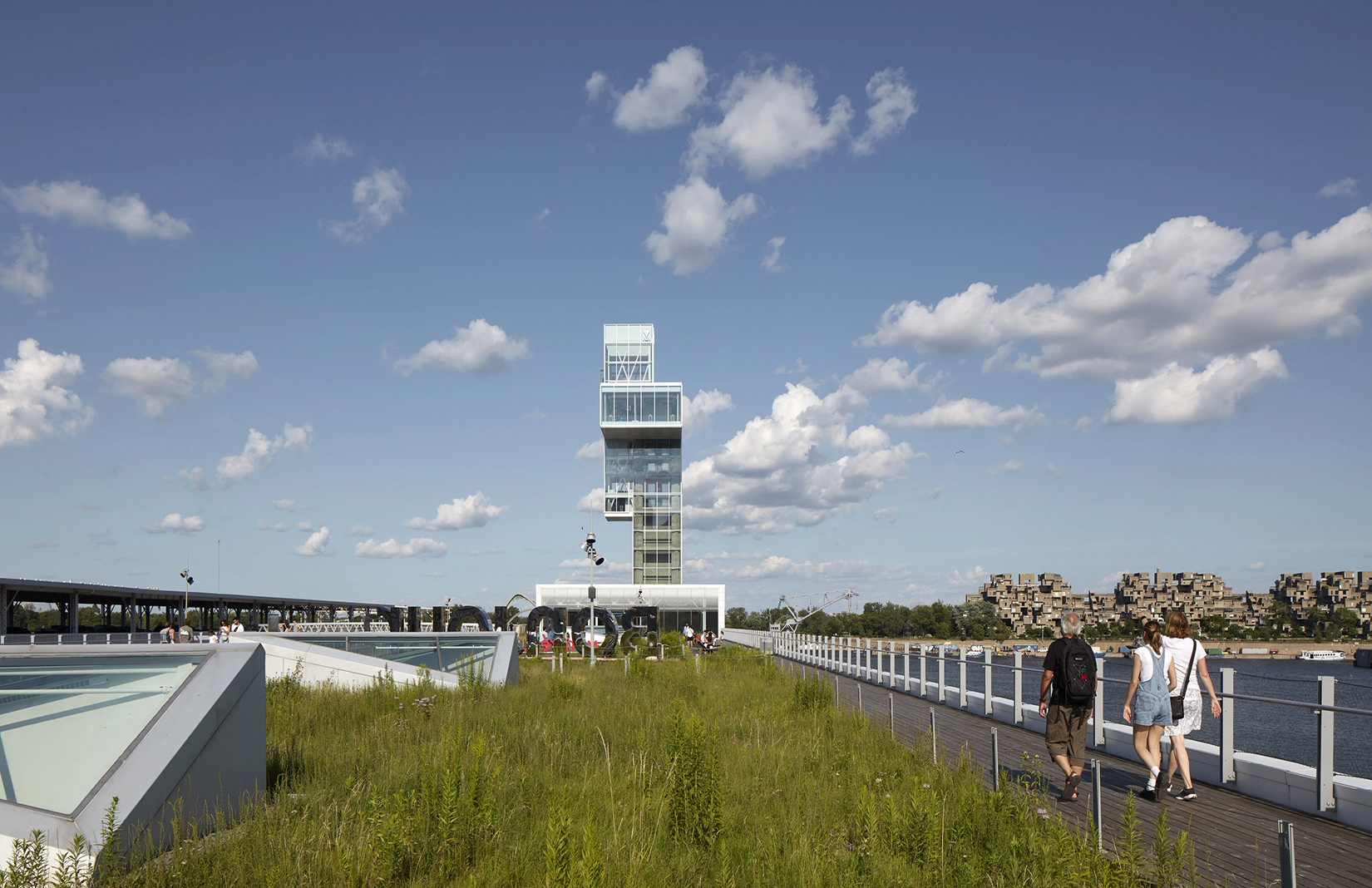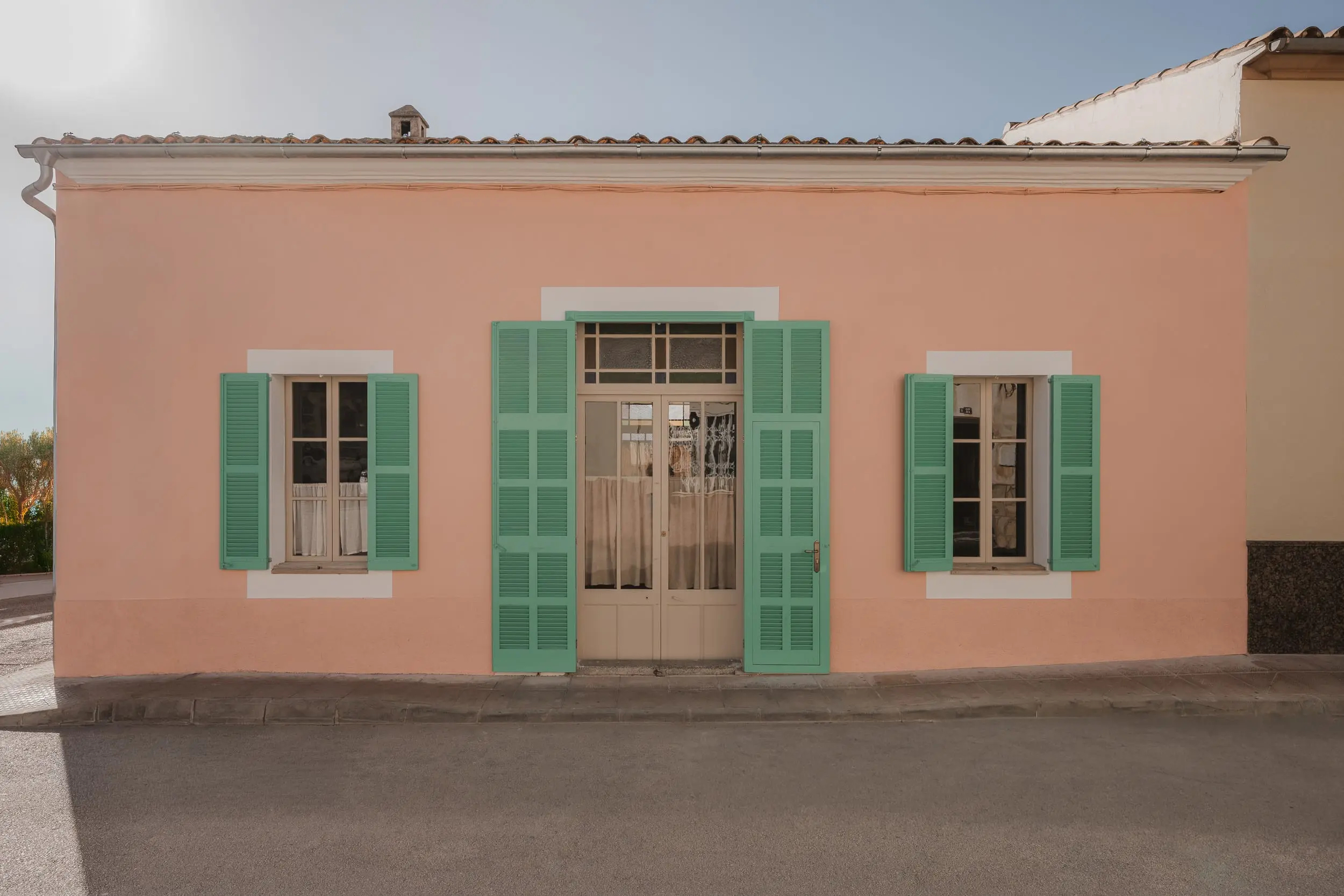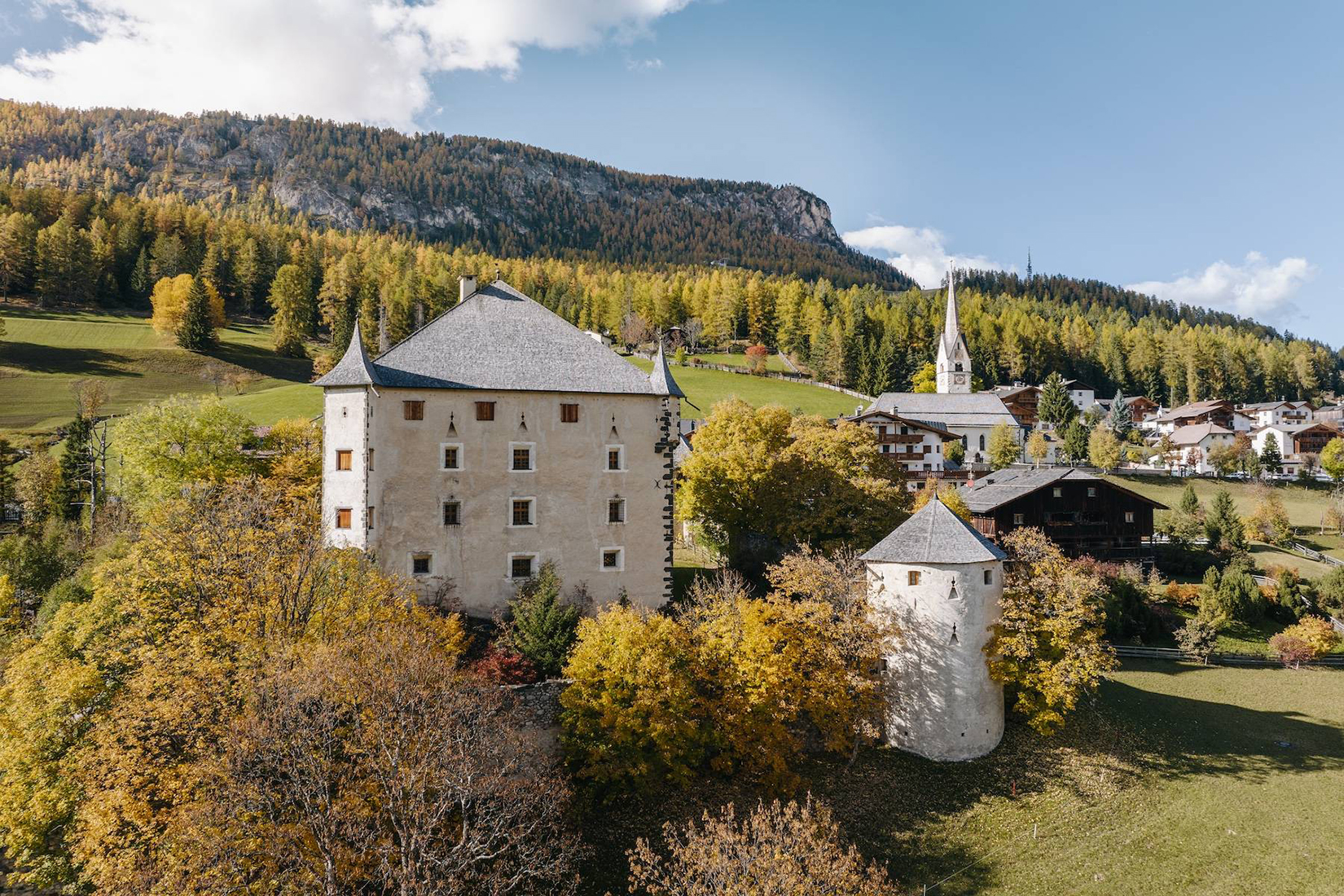
The fern landscape. Photography: The Trustees of the National History Museum

Photography: The Trustees of the Natural History Museum
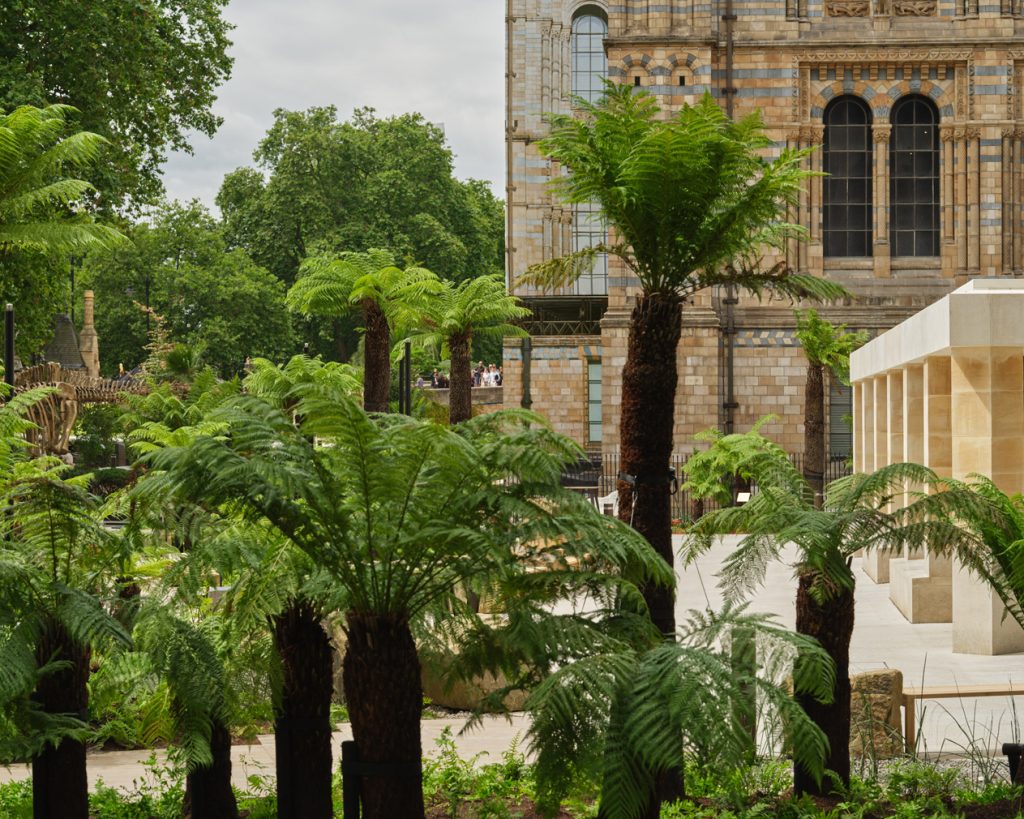
Photography: Kendal Noctor

Walkways through the ponds. Photography: Jim Stephenson

Photography: The Trustees of the National History Museum

Nature Activity Centre. Photography: Kendal Noctor

Photography: Kendal Noctor
The new Urban Nature Project at London’s Natural History Museum has been called a ‘living laboratory’, a ‘wondrous jungle’, a ‘haven for wildlife’, and a ‘triumph’. The museum’s first landscape redesign in its 140-year history is all these things, not to mention an accessible approach to the museum itself—a gentle entree into an enduring institution that guides visitors back through aeons.
Architects Feilden Fowles and landscape architects J&L Gibbons have collaborated on this piece of natural theatre, which is as absorbing as a David Attenborough series (indeed the man himself is represented in a quote embedded in bronze at the museum’s entrance: ‘The future of the natural world, on which we all depend, is in our hands’). They’ve segmented the outdoor space into scenes of interest, demarcated with plantings, signage and smaller curiosities to discover, all folding into the larger purpose of telling the story of nature on Earth.

It begins with the Evolution Garden, a gradual build-up of prehistoric rock from all corners of the nation. Ancient species of ferns trace the earth’s botanical history, leading to a 26-metre bronze-cast Diplodocus called Fern. Primeval creatures are stamped into surfaces like fossils, alongside actual fossils.
The Nature Discovery Garden was designed to enhance the biodiversity of the urban landscape while enhancing our understanding of our climate emergency. It consists of old London plane trees, woodland plantings, grasses and wetland plants added to the museum’s pre-existing garden. The landscapers incorporated well-considered drains and gutters to gather rainwater for the facility’s upkeep.

Connecting these zones is the newly widened pond, encircled by sunken pathways that meander past stone benches, each evoking a different geological era. Among them are two new buildings in limestone and Douglas fir, designed to bring the community further inside the landscape. The Nature Activity Centre and a Garden Kitchen, to open in September, will be valuable neighbourhood spaces and a reason to stay a while, even in inclement weather.
Experienced all together, the thriving expanse becomes not only its own exciting Jurassic Park but also a place to monitor and observe the changing nature of nature, for better or worse – while highlighting the antique beauty of the museum building itself.



